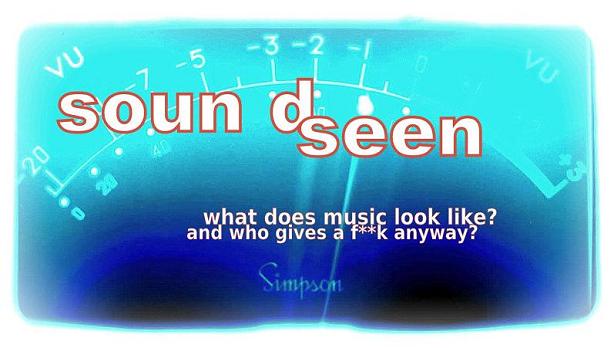 |
| Audiovox #736 Solidbody Electric Bass |
the electric bass is one of the reasons
life is worth living.
 |
| the close-up |
a lot of people think the electric bass
was invented by Leo Fender, but they are wrong.
wrong, wrong, wrong, wrong, wrong.
was invented by Leo Fender, but they are wrong.
wrong, wrong, wrong, wrong, wrong.
 |
| Paul H. Tutmarc |
the electric bass was created by Paul H. Tutmarc
in Seattle in 1935.
Mr. Tutmarc was an independent developer
of pickups for the lap-steel guitar.
His Audiovox electric bass hit
the market in 1936.
thank-you, Mr. Tutmarc!
respect!
 |
| the 1951 Pbass |
Leo Fender did not invent the bass,
but he did take it to another level
in November, 1951, when he
introduced the Precision.
the name came from his desire
to create a tonally “precise” bass.
to create a tonally “precise” bass.
The Precision was a slab asymmetrical
double cutaway ash body blond,
with a black flat pole single coil pickup
and a one piece maple 34" scale neck.
the 1951 Precision was a total hottie.
still is...
still is...
***

people might get wood, or wet
as the case may be from the lead guitar,
but it's the bass that gets you in the zone
and keeps you there.
as the case may be from the lead guitar,
but it's the bass that gets you in the zone
and keeps you there.
the bass rules.
the bass abides.
other string instruments make nice sounds.
the bass creates whole new genres.
the electric bass is the foundation of R&B.
rock don't roll until the bass shows up.
funk without the bass? i don't think so...
so no disco.
no bass = no reggae.
no reggae means no dub.
the electric bass is the foundation of R&B.
rock don't roll until the bass shows up.
funk without the bass? i don't think so...
so no disco.
no bass = no reggae.
no reggae means no dub.
if no dub, then no hip hop.
no dub, no electronica.
what's left on your iPod now?
what's left on your iPod now?
 |
| the Tonika Sverdlovsk close-up |
 |
| the Russian Krunk |
 |
| a bass of John Squire of Yes |
that said, a bass with more than 4 strings doesn't matter*.
it can also lead to outbreaks of prog rock and fusion.
* see also guilded lilies.
* see also guilded lilies.
i used to have a bass like this one.
a Hagstrom. one night a junkie
broke into our studio
and that was that.
i still miss it.
i can't talk about the electric bass
without thinking about John Entwhistle.
he wasn't the first electric bass player,
but he was the one who staked out a claim
to half the stage.
but he was the one who staked out a claim
to half the stage.
he played a lot of bass,
and he played a lot of basses.
and he played a lot of basses.
"From about the time of the Who’s next album I used
a cross between a Gibson Thunderbird and a Precision.
I had it made for me with a Fender neck and the Thunderbird body,
with Gibson bridge and fittings."
 |
| the Frankenstein |
"I put this together in San Francisco on a day off part way
through a Who tour. It’s the remains of five smashed basses...
I used this baby from 1967 onwards through ‘Tommy’
and all
the tours up to ‘Quadrophenia’...
The neck, pickups and circuitry are from a ‘dead’ slab bass,
the tailpiece from a Jazz bass, the pickguard from a black
PP basses...
Two hours with a Phillips screwdriver and a soldering iron
and I was ranting around my hotel room screaming
“It’s alive, it’s alive!”
John Entwhistle describes the creation
of his Frankenstein
 |
| the "Fenderbird" |
"From about the time of the Who’s next album I used
a cross between a Gibson Thunderbird and a Precision.
I had it made for me with a Fender neck and the Thunderbird body,
with Gibson bridge and fittings."
John Entwistle describes the creation
of the Fenderbird.
***
it was listening to Jack Casady
that introduced Entwhistle
to the sound of the Alembic bass.

Casady was known for playing a Guild Starfire bass,
but he had switched over to a custom-made Alembic
bass - #001, the first made by the company - which
became known as "Mission Control."

Listen to his playing on "Sunrise," from Paul Kantner's
1970 solo album Blows Against the Empire
and you'll know why.
 |
| the Jack Casady Signature bass |
this is his signature bass.
if i had the do-re-mi these days, this is the bass
i would bring home to play.
is she a beauty or what?
John Entwistle - the book Bass Culture: The John Entwistle Guitar Collection
.









No comments:
Post a Comment